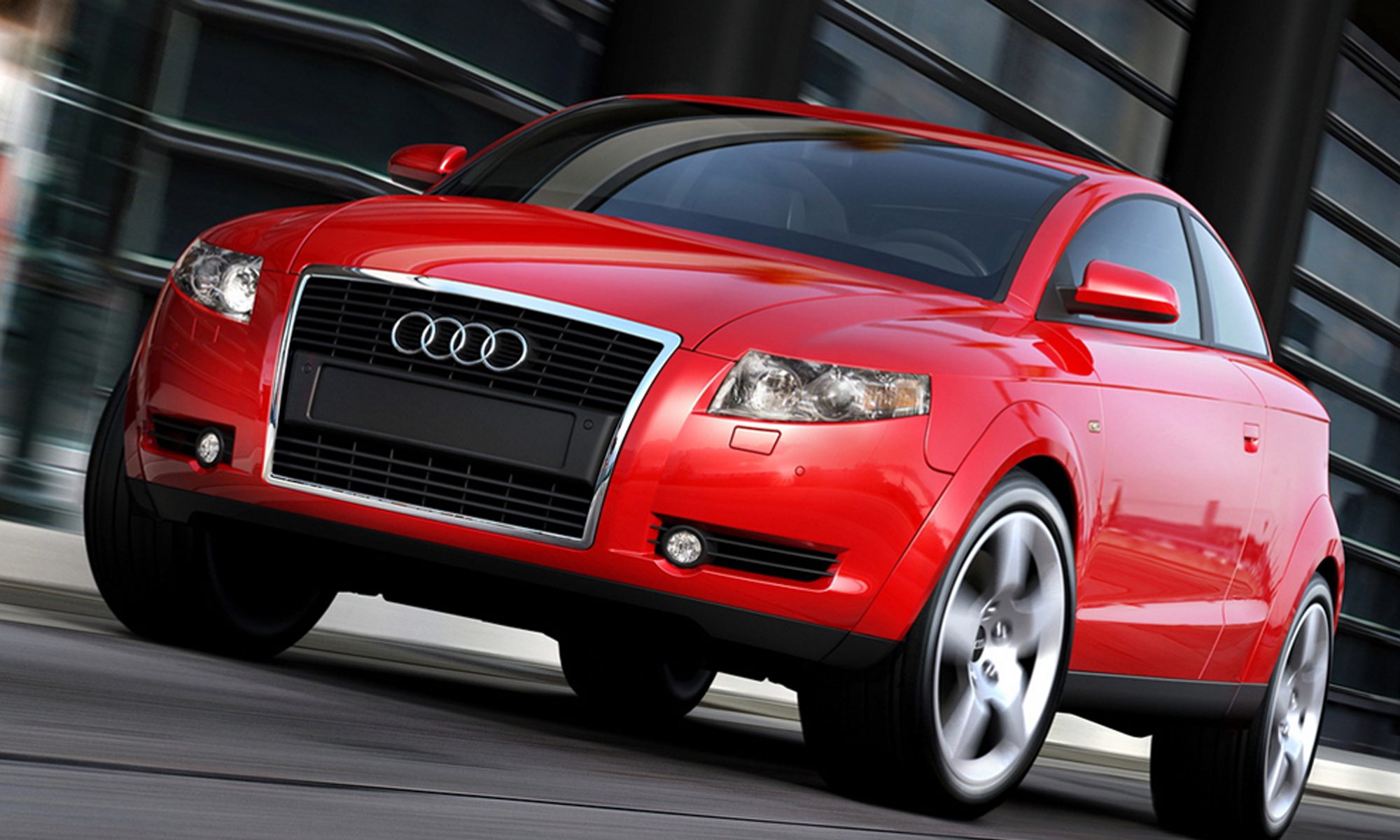
Volvo seems to be regaining its footing under Chinese ownership. The acclaimed XC90 SUV has helped drive US sales from 56,000 in 2014 to 70,000 in 2015, so the addition of the all-new S90 sedan should accelerate that volume growth. The S90 shares a bold front-end theme with its SUV partner, featuring cool headlamps. The car has a bold “substantial” look that reinforces the Volvo trademark emphasis on safety. The interior is pleasing and the whole car seems to be well executed. Whether they can really go it alone in this market and maintain a viable presence remains to be seen.
Kia unveiled the refreshed Forte and Forte5 sedans and hatchbacks. The designs are competent, but not striking.
The big news on the stand was the Telluride concept. It is a rather boxy SUV and yet another example of the pillar-less, suicide door fad. The design was widely acclaimed, but frankly we are not sure why! The front end is blunt and rather dated and the bodyside heavily sculptured. The rear view is perhaps the best, clean and simple with sophisticated vertical taillamps accentuating the width. The Telluride received quite a few votes for best concept at the show – but not from us – especially not in that shade of dark olive green!
Hyundai launched the newest luxury car brand “Genesis” at the show announcing the G90, a Mercedes S-Class sized rear wheel drive sedan, which is be followed by smaller G80 and G70 models and perhaps an SUV. The G90 looks like a serious contender in the class with a full complement of leather and wood on the inside and a dominating exterior. The grille is a bit too much like an Audi in our opinion, but the strong crease lines on the body side and on the hood flowing up the A-Pillar provide some individual character.
To provide some additional excitement at the Genesis launch, the Vision G Concept was unveiled. This is yet another large two-door coupe, but it is certainly a beautiful car. A strong bodyside crease flows all the way from the front grille to the tailamp. A second feature line extends the belt line onto the hood, where it joins two more creases that are continued over the roof. The rear surfaces are quite complex, but skillfully drawn. One oddity is the door release handle that is on the quarter panel rather than the door itself.
The interior was luxurious as you might expect, although the instrument panel is rather simplistic. Overall we liked the car (in spite of the fact that several features seem to be “borrowed” from competitor designs) and it would make a great flagship for this new brand. No doubt that the arrival of Luc Donckerwolke will make Genesis a successful brand.
VL Automotive was founded by Bob Lutz and Gilbert Villareal with a business plan to take incomplete Fisker Karmas (Fisker is now owned by Wanxiang) and replace the hybrid propulsion system with a conventional Corvette powertrain producing the Destino. Of the exterior body panels, only the doors are common with the original Karma. The Destino is clearly better looking than the already striking Karma – both inside and out. Even if VL runs out of Karma gliders, there appears to be a good opportunity in converting customer owned Karmas to Corvette power.
It was announced at the show that Henrik Fisker has now joined VL and the company has been renamed VLF Automotive to incorporate his initial. To signal Henrik’s involvement VLF revealed a stunning new design based on the Viper chassis and powertrain called the Force 1 V10. This car (a prototype) which was built in about 6 weeks, is about 8 inches wider than a Viper. It uses the Viper rear tyres on the front and even bigger rubber at the rear. What’s not to like about this monster? Well not much really, perhaps the funny “wing thing” at the trailing edge of the roof and perhaps the overly small and “squinty” headlamps, but overall we really hope that they are able to produce this baby for some lucky customers.
And so what seemed like a fairly ordinary show in the beginning actually had quite a few gems to keep us excited. The industry remains creative and vibrant, always bringing us back for more. On to Geneva………….
























































































































Vous devez être connecté pour poster un commentaire.